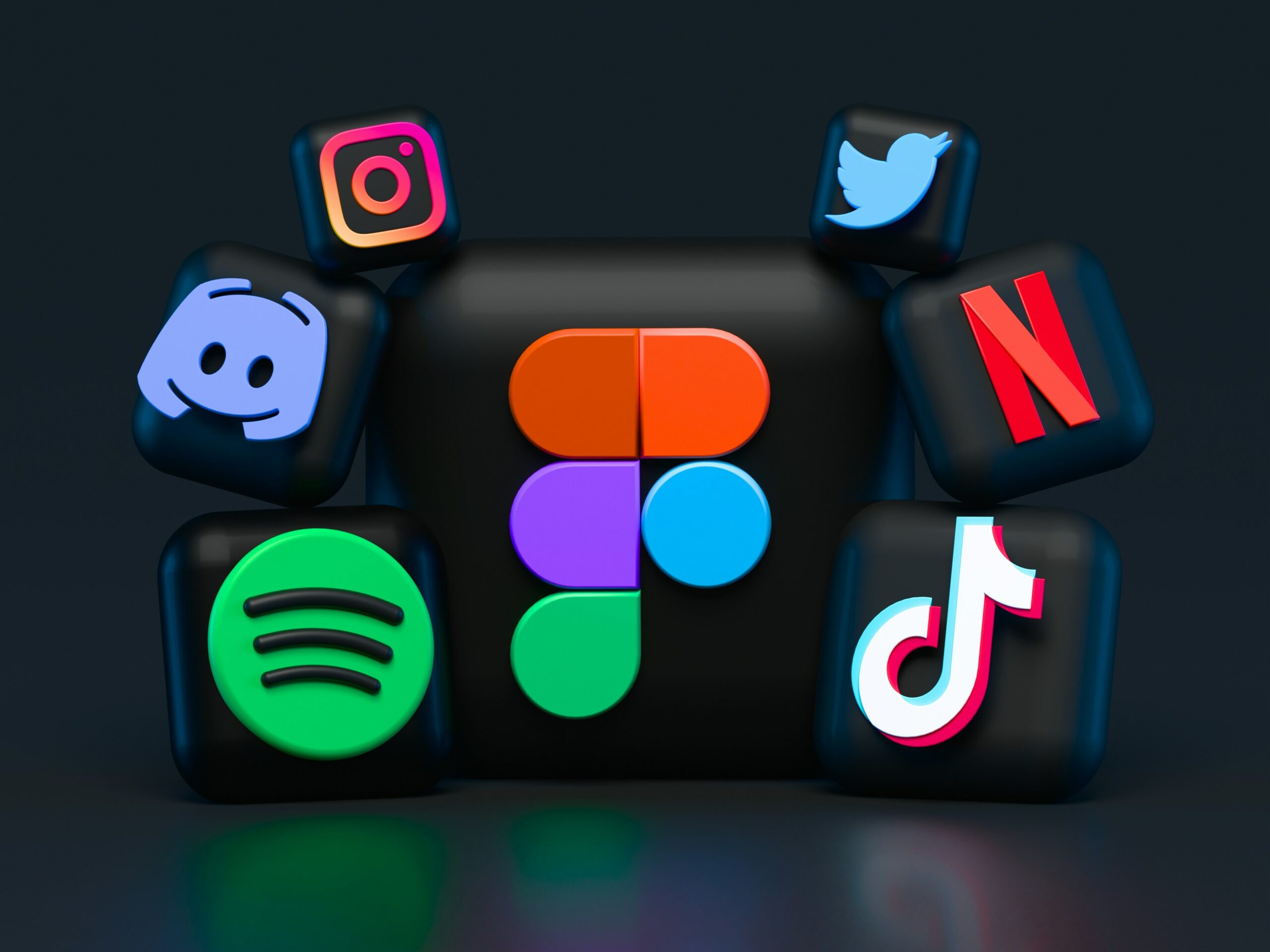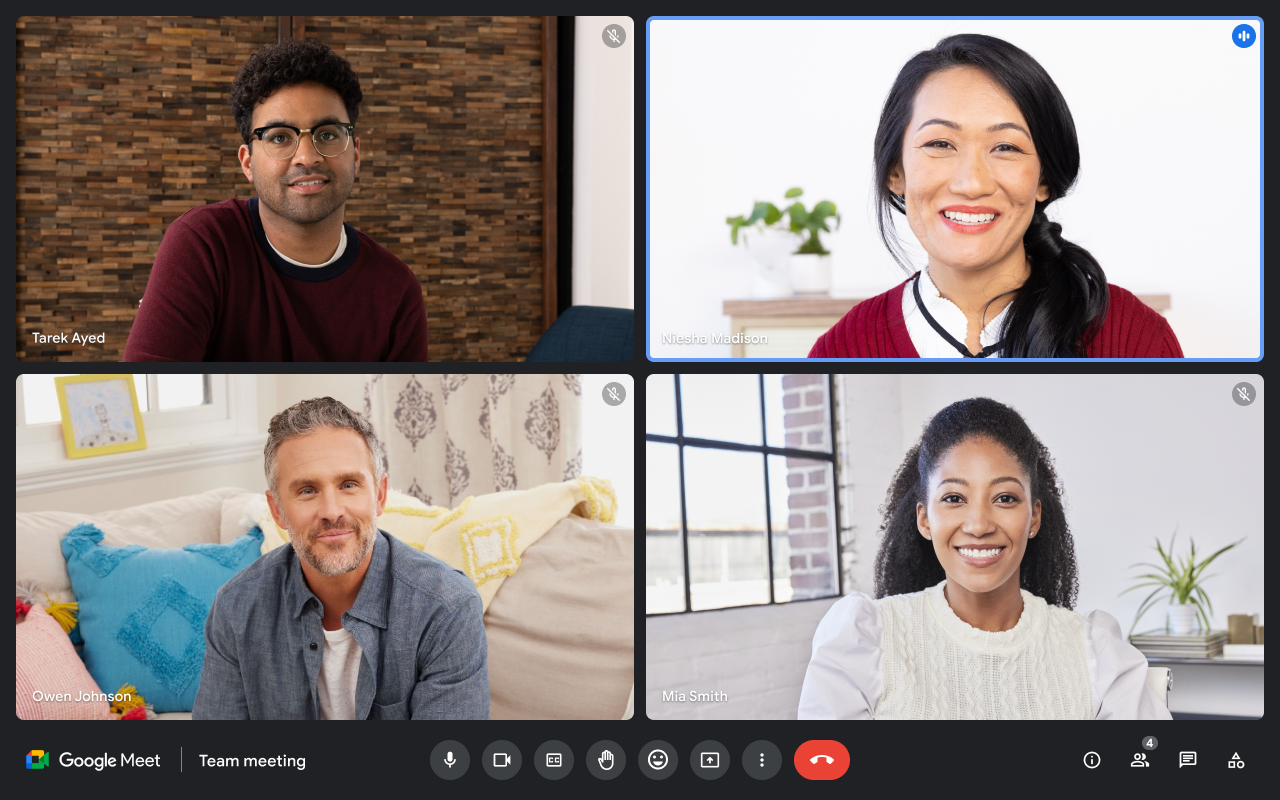Education is becoming more accessible than ever before. This has created a lot of competition for schools and universities to attract students, but it also presents an opportunity to improve the user experience of your course-selling platform. This article will discuss how you can create an intuitive and seamless learning experience on your site using data analytics and other methods.
1. Ease of use

Your course-selling platform should be simple and easy to use. Make sure the layout is clear, concise, and easy to understand. Put yourself in your student’s shoes; how would you like your website to look if you were studying? Would it be helpful? What kind of information would it contain? Where would you find the information that was most useful for you?
Say you are designing a website for students studying abroad: think about what might occur to them during their time abroad. If a student needs help with their visa application or wants advice on how best to apply for one, make sure it’s easy for them to access information on this topic from within your site (and not just from external websites).
2. Aesthetic appeal

The first step to creating an aesthetic appeal is to use a clean and modern design. There are several methods of achieving this, but the most common is using a responsive design. Your website will look good on desktop, tablet, and mobile phone screens.
Another way you can create aesthetic appeal is by using a flat design. Flat designs are simple and minimalist, which makes it easier for users to navigate through your website quickly because there’s no need for them to think about what they should click next—they can get straight into it! Finally, when it comes down to aesthetics, I would recommend choosing nice colors from your color palette, good fonts from your font choice (this could be something like Serif Fonts or Sans-Serif Fonts) as well as choosing good images within each section of content so they don’t look dull or boring – this will help keep student interest up while reading through the course material!
Finally, we recommend using animations throughout the course pages instead of just static images because this gives students something more interesting than just a background image plus, it might encourage people who aren’t interested in learning online courses but wants something fun enough that they’re not bored throughout their time spent on your course selling platform.
3. Skimmable information

Make sure your content is skimmable. When writing a sales page, it’s important to keep the attention of your audience. To do this, we need to make our copy easy for them to read and understand. This means using bulleted lists, images, and other visual aids (like headings), tables, charts, and graphs where possible. It also means making sure that there isn’t too much text on any given page; we should use white space intelligently so that people can see where one section ends and another begins without having to go back over the same lines repeatedly just because they don’t know when one paragraph ends and another starts.
4. Browser compatibility

The next step is to think about browser compatibility. When an online course is designed and developed, it’s important to consider the students of the different browser might use to access it. This can be especially challenging if you work with a large-scale platform that allows users worldwide.
You should also research browser support for HTML5, CSS3, and JavaScript—all of which are critical components in web design since they help achieve responsive design (a website’s ability to adapt its layout based on screen size), among other things.
5. Reducing friction with the text flow and layout

As the student navigates through your platform, it’s important to ensure they can navigate easily. A good user experience means the content is clear, uncluttered, and easy for users to understand.
1) A clear, uncluttered layout
- Avoid too much white space
- Use clean typography (fonts should be easily readable) and avoid small or too thin fonts.
- Use simple and clear color schemes (avoid colors with low contrast)
- Make sure that the text is easy to read and understand
2) Headings as breakpoints
Headings are used in HTML documents as a way of grouping content together. They’re also used by search engines when indexing websites. These sections can help break up large blocks of content into more digestible chunks for users who don’t want to read everything at once because they might not know what they’re looking at yet or if they’re lost somewhere in between sentences.
3) Personalization
Personalization is a way of making users feel like they are getting a customized experience. It can be done in many ways, such as with recommendations and suggestions. In this section, we will talk about how personalization can be done.
4) Timely information delivery
You now have a course-selling platform that allows students to browse and purchase courses easily. However, there’s still room for improvement. To create a perfect user experience on your website, you must ensure that the information you deliver is timely and relevant. How do you know what will be useful for them?
Data analytics can help here. It’s important to identify what sections of your site are being accessed most often by users and when they’re accessing it (e.g., during which days/times). This will give you insight into what content is working—and where improvements can be made!
5) Use data analytics to focus on the learners’ weaknesses
Data analytics can help you focus your attention on the learners’ weaknesses. You should look at the data and see what is being done well and what isn’t so that you can improve upon it. In this way, use data analytics to make informed decisions about improving your platform’s user experience.
Designing an intuitive user experience is not just about putting course content online.

User experience (UX) is not just about the content. It’s also about how users interact with your site, from the simplicity of navigation to how quickly they can find what they’re looking for.
User experience (UX) is key in deciding whether your platform will succeed, but what does user experience mean? User experience is about creating a seamless and intuitive user interface for students so they know where to go next when they want to register for courses, find out more information about specific courses and instructors, book their place on an upcoming course, pay tuition fees, and more. By designing an intuitive user interface, you’ll make it easier for students to find exactly what they need on your site to sign up for classes.
Conclusion
As seen in this post, there are many aspects to consider when designing a user experience for a course-selling platform. It’s important to keep in mind that the more time users spend on your site, the better their experience will be. We recommend you improve these three areas: ease of use, aesthetic appeal, and skimmable info (visual and text).
This has been an overview of what makes up a good UX design for learners. You can apply these principles to all platforms if they meet user needs or goals. In case you want to focus more on your content and less on the platform, we recommend Wise Courses, which we have already optimized for UX so you can have a seamless learning and onboarding process to offer.




